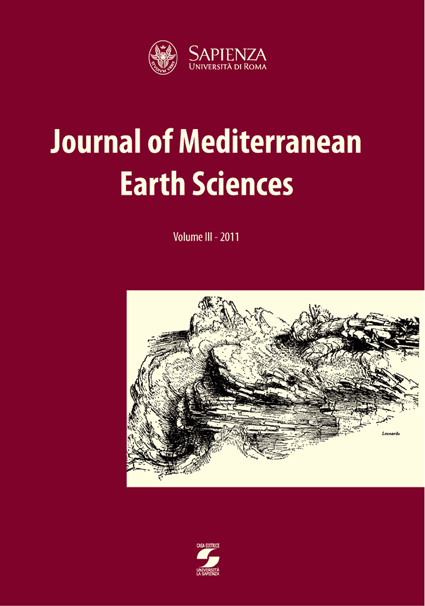Recent morphoevolution of the Fabro calanchi badlands (Umbria, Italy)
DOI:
https://doi.org/10.3304/JMES.2011.001Abstract
The purpose of this paper is to analyze the recent morphoevolution of Fabro calanchi badlands (Umbria, Italy). This geomorphologic study aims 1) at reconstructing the recent morphodynamics of the badlands over a 55-year period (1955-2010), 2) at estimating the erosion rate and 3) and at analyzing the possible correlation between calanchi badland morphoevolution and properties of their parent materials. Field surveys and photogeological analysis demonstrate that Fabro calanchi badlands are mainly composed of a characteristic network of deep incisions, steep slopes and sharp knife-edged ridge-lines. In these, rilling processes predominate over landsliding and piping erosion. Direct point measurements were taken to quantify the erosion rate on two representative slopes. Selected monitoring stations have recorded a soil erosion rates ranging from 2 to 3 cm a-1. Finally, analyses of grain size, mineralogy and the major element content of soil samples allowed the identification of possible correlations between these factors and both geomorphic processes and development and evolution of calanchi badlands. A major role seems to be played by clay dispersivity in calanchi badland development.Downloads
How to Cite
Sirio Ciccacci, M. G. (2014). Recent morphoevolution of the Fabro calanchi badlands (Umbria, Italy). Journal of Mediterranean Earth Sciences, 3. https://doi.org/10.3304/JMES.2011.001
Issue
Section
Articles
License
The submission has not been previously published, nor is it before another journal for consideration (or an explanation has been provided in Comments to the Editor).


